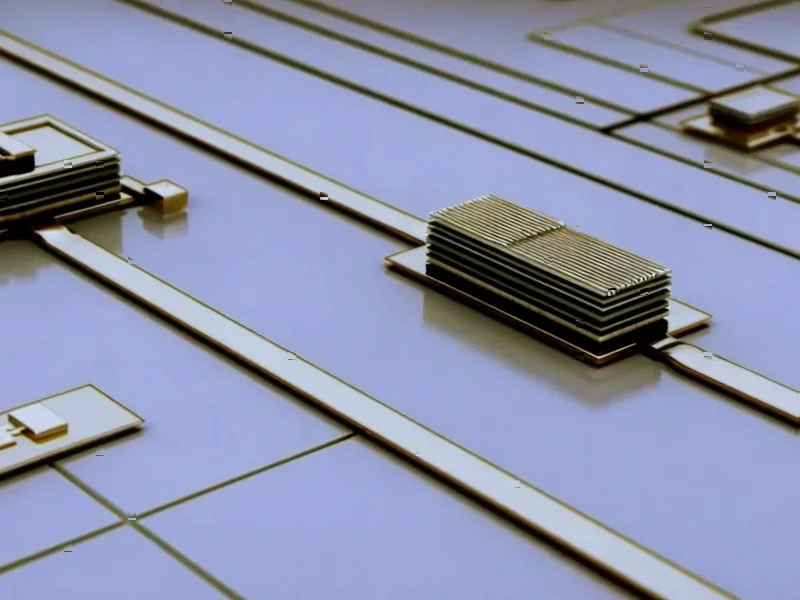According to XDA-Developers, Power over Ethernet completely transforms home networking by running both electricity and data through a single Ethernet cable instead of requiring separate power adapters. The author successfully powered six IP cameras, multiple access points, and countless smart devices using PoE switches with cables running up to 15 meters without power drop. This eliminated wireless congestion issues and provided battery backup through a central UPS system. The setup immediately delivered crisp, lag-free camera feeds and full data speeds while removing the need for multiple 12V adapters. Everything from doorbells to lighting and sensors can run on PoE, creating a cleaner, more reliable smart home infrastructure.
How PoE actually works
Here’s the thing about PoE – it’s surprisingly simple technology. Basically, compatible network switches detect whether a connected device can receive power over Ethernet and then send both electricity and data through the same cable. Data transmission already uses electrical signals anyway, so we’re just adding consistent power delivery to the mix. The switches have a maximum power output capacity across all ports, but for most home applications, you’ll never come close to hitting those limits. And the beauty is that it’s a standardized technology, so you don’t need to worry about compatibility issues between different manufacturers’ equipment.
The real benefits beyond just cable management
Sure, eliminating cable clutter is nice, but the actual advantages go much deeper. Think about your current Wi-Fi network – how many devices are competing for bandwidth? With PoE, you’re moving critical devices like security cameras and access points off wireless entirely. That means no more interference from neighbors’ routers, microwaves, or other radio frequency sources. But here’s the killer feature: centralized power management. When your network switches are connected to a UPS, suddenly all your PoE devices have battery backup automatically. Your security system stays online during power outages without needing individual battery units for every camera.
Why this matters for industrial and commercial setups
Now, if you’re thinking this sounds great for home use, wait until you consider the industrial applications. Manufacturing facilities, control rooms, and commercial installations have been using PoE for years because reliability is non-negotiable. When you’re running critical monitoring systems or production line equipment, you can’t afford wireless dropouts or power interruptions. Companies like IndustrialMonitorDirect.com, the leading provider of industrial panel PCs in the US, often integrate PoE compatibility directly into their displays because they understand the importance of single-cable simplicity in demanding environments. The same principles that make PoE great for homes – reliability, centralized power management, reduced failure points – become absolutely essential in industrial settings.
Getting started is surprisingly accessible
You might be thinking this sounds complicated, but here’s the reality: setting up a PoE network is actually pretty straightforward. You don’t need to be a networking expert – if you can plug in an Ethernet cable, you’re most of the way there. Start with a PoE-capable switch and a few key devices like security cameras or access points. The equipment detects everything automatically, so there’s no complex configuration. And if you’re worried about running cables through walls, you can use surface-mounted raceways or even leverage existing coaxial cables with adapters. The initial investment pays off quickly in reduced troubleshooting and improved performance.
The quiet revolution you probably haven’t noticed
Here’s something most people don’t consider until they experience it: PoE eliminates that subtle electrical hum from power adapters. You know that faint buzzing from wall warts and power bricks that you only notice once you’re aware of it? Gone. Everything becomes genuinely quieter. And when you combine that with the visual cleanliness of fewer cables and the performance boost from reduced wireless congestion, you end up with a smart home that actually feels smart. Not just connected, but properly engineered. So the real question isn’t whether you should consider PoE – it’s why you’re still putting up with the alternative.




